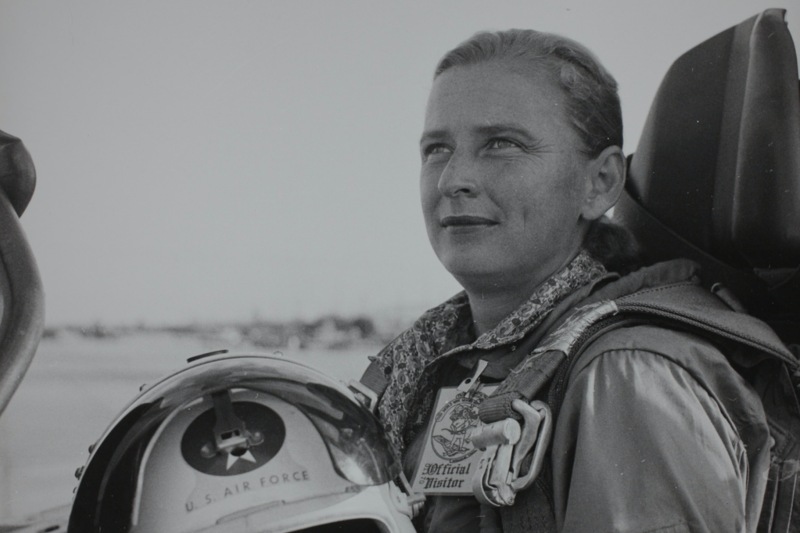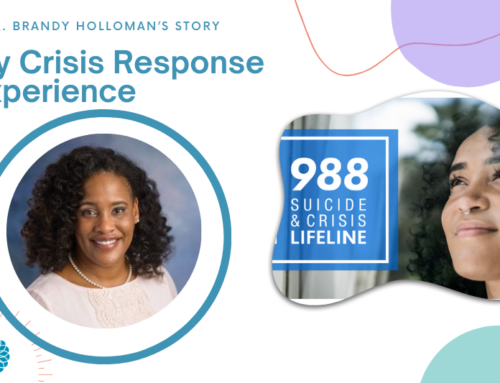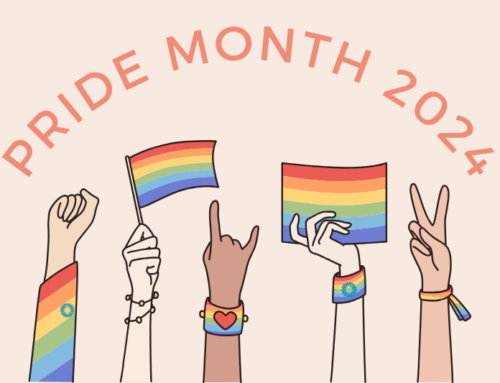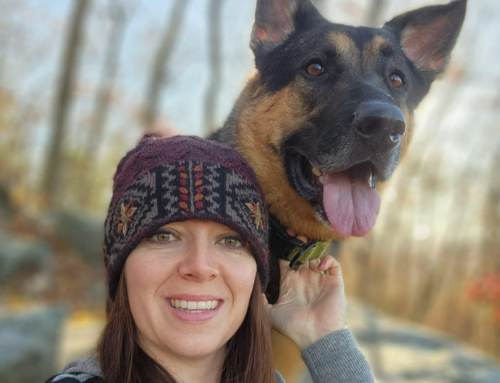It is 2020…100 years of women voting in this country. As we look back to notable moments like this in history, we celebrate women leaders and acknowledge that the path to gender equality has not been inclusive and we are still on it. For that reason, the Change Matrix team is sharing a series of personal essays about women. They might be women we know who were models or mentors and influenced us as professionals. They might be women whose work we have loved and integrated into our own. They might be about our identification as women through a cultural lens.
LONDON
Between the late 1950s to early 1960s – before the great space race and President Kennedy vowed to send men to the moon – Geraldyn “Jerrie” Cobb, a young female pilot, had surpassed many of her male counterparts in flight distance and altitude records. Dr. W. Randolph Lovelace II, chairman of the National Aeronautics and Space Administration’s (NASA) life sciences committee for Project Mercury, and General Donald D. Flickinger, a member if the Air Force’s aerospace team, took note of Jerrie’s accomplishments and asked her if she would be interested in undergoing the physical and mental tests required of the nation’s astronauts. Jerrie enthusiastically accepted, as did twelve other women who she later helped select for an all-female astronaut testing program.
There were three phases to the astronaut testing program that the women had to complete. Jerrie completed all three phases with positive results. The other women were not allowed to complete the third phase of testing, however, because the US Navy cancelled their portion of the tests due to NASA’s apparent lack of interest in the program. Jerrie and fellow trainee, Jane Hart, testified before the US House of Representatives in 1962 to request that NASA create a separate astronaut training program for women. The House hearing ended in support for their request, but NASA did not follow through with it.
Life magazine wrote an article on the women’s astronaut testing program and conducted an exclusive interview with Jerrie. When asked why she wanted to beat a man into space, Jerrie responded, “I don’t want to beat a man into space. I want to go into space for the same reason men want to. Women can do a useful job in space. We aren’t in a contest to beat men at anything.”
In the early 1960s, women were not allowed to become jet test pilots in the military – a requirement of NASA’s astronaut program. NASA adhered to this requirement during the political rush to put an American into space. Once NASA had established success with the Mercury program, however, the reasons for not including women as astronaut candidates for the Gemini or Apollo missions were not made public.
Had the politics of the space race and gender discrimination not been present, Jerrie might have had her chance to orbit the Earth just as John Glenn had done at the time. Her efforts in raising public and political awareness of the lack of women in NASA’s astronaut program eventually paid off when in the mid-1970s NASA finally allowed women to participate.
In 1995, Jerrie and nine of the original women who had undergone the astronaut testing program attended a Shuttle launch (Space Transportation System-63). The Shuttle flight was particularly important to them, because it was the first one piloted by an American woman, Lieutenant Colonel Eileen Collins.
Her experiences in the aviation industry made Jerrie’s attempt to become an astronaut possible, and remained a constant fixture in her life. She never gave up the dream to travel into space, and even petitioned NASA to be a candidate for scientific observation when she was in her late 60s; NASA declined.
Into the late 1990s, Jerrie continued to fly planes. She became a missionary pilot and regularly flew aid missions to indigenous communities in South America. This humanitarian work led to a Nobel Peace Prize nomination.
I learned about Jerrie Cobb while in graduate school – forty years after she participated in the astronaut testing program and subsequently testified on the House floor. Her story is one of many women leaders’ stories buried in history, and nonetheless inspiring by her hard-to-match skills, expertise, and perseverance.
[Picture above: Photograph of Jerrie Cobb from Women You Should Know]



